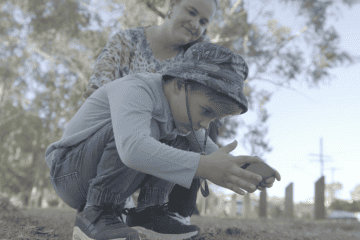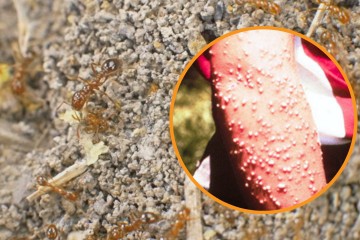
A lot was at stake when our agriculture ministers met in New Zealand in late May. On the table was a review of Australia’s red fire ants eradication program.
Officially, they agreed there’s still time to eradicate red fire ants, one of the most frightening and potentially devastating invasive species ever to enter Australia.
The ministers agreed that eradication is ‘technically feasible and cost beneficial’. They also concluded that eradication of this ferocious insect, one that threatens not just native wildlife but human lives, ‘remains in the national interest’.
So what was the outcome of the New Zealand meeting? Queensland was reimbursed for the eradication costs it has borne over the past year and given another year’s funding, but the program remains under review.
This sort of short-term, half-hearted response is no way to run a national eradication program that is clearly in the public interest. If we were talking about the arrival of a livestock disease such as foot and mouth, ministers would be aggressively working to wipe it out.
Living with the consequences
Already three of Australia’s five fire ant infestations have been eradicated and efforts at a fourth, in Gladstone, are close to succeeding.
It is the largest infestation in southeast Queensland that is proving difficult to eradicate, a situation not helped by repeatedly putting the future of national funding efforts under a cloud and withdrawing funds at critical times.
If we abandon eradication efforts ordinary Australians will be forced to live with the disastrous consequences of fire ants infesting up to a quarter of the country.
Fact finding mission
In May our CEO Andrew Cox flew to the US on a fact finding mission. He wanted to see first hand what it is like living with the fire ant menace.
Over there fire ants have spread to 15 states, 80 people have been killed after being swarmed and stung, and many billions of dollars are spent every year trying to keep the ants under control. As Andrew learnt, the tiny ant gives a painful sting.
This is not a future we want for Australia, but if we give up on the fire ant eradication program it is the future we will get.
Just two days before our CEO left on his fact finding mission Australia’s agriculture ministers delayed their verdict on whether or not to abandon or continue to the red fire ant eradication program. They next convene in early 2017 with no fixed date or location.
Every delay reduces our chances of eradicating fire ants.
It’s time our state and federal governments fully funded the eradication program with their pooled resources by committing $40-$50 million every year for the next decade.
On paper it might sound like a lot, but compared to the social and economic costs of living with red fire ants it’s a drop in the ocean.
Take action
Please sign our petition, or if you already have write directly to your premier and to Prime Minister Malcolm Turnbull demanding immediate action.




